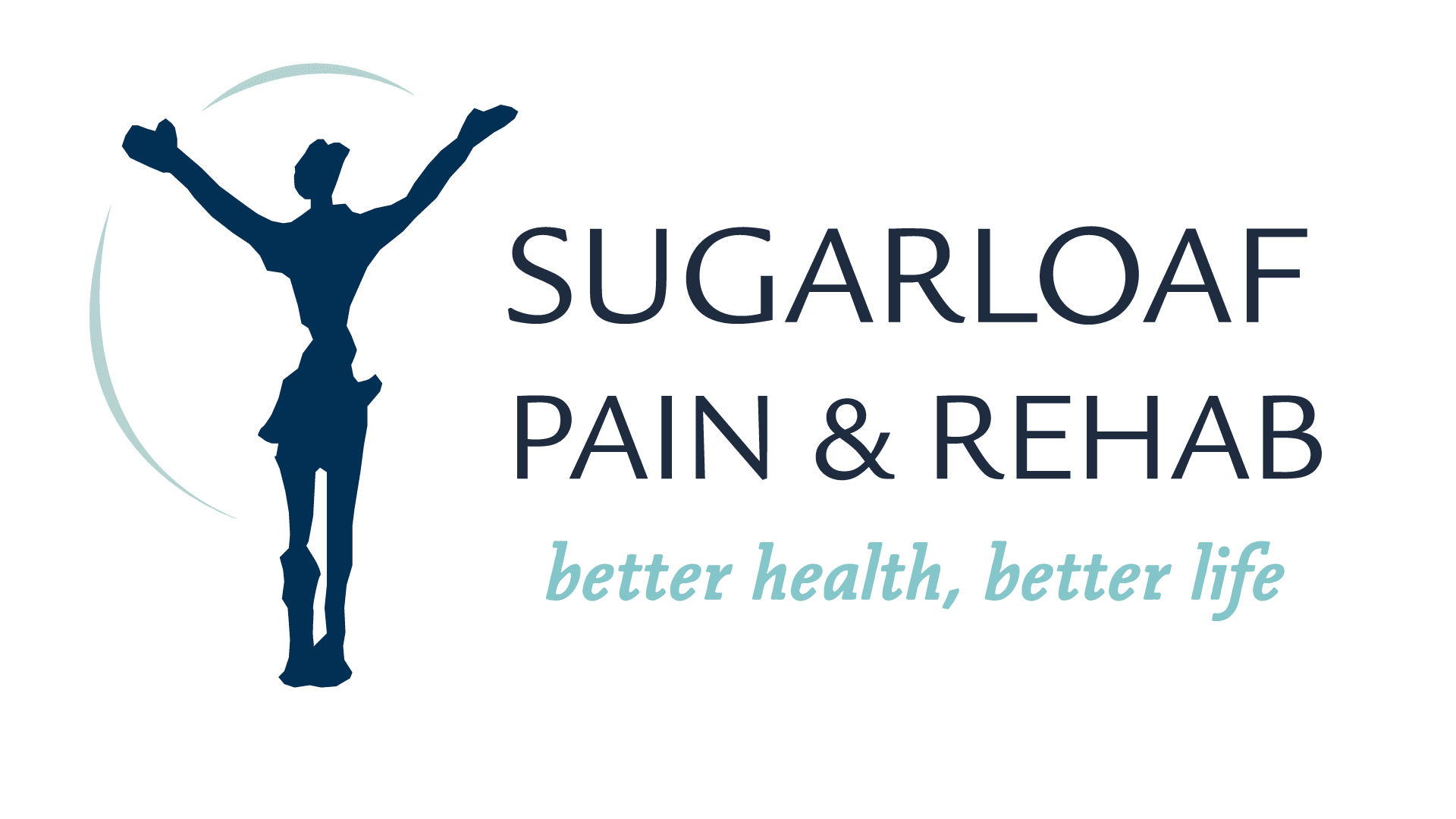Foot, Ankle
&
Knee Pain
Foot – Ankle & Knee Clinic in Suwanee GA
Q: Have you sprained your ankle & knee?
Q: Do you experience ankle or knee pain when you run or walk?
Q: Do you have pain on your foot after prolonged standing or walking?
Q: Are you suffering from knee pain when climbing up or down the stairs?
We utilize following procedures to treat your problems:
- Digital Foot Scanner (to evaluate lower body stability)
- In Office X-Rays
- Adjustment & Soft Tissue Treatment
- Physiotherapy (ultrasound, cold laser, EMS etc)
- Recovery & Rehab Exercises
- Orthotic & Pedorthic Supports
Dr. Hwang has an exceptional understanding of the bio-mechanics of the Foot and how problems in these areas affect the pelvis and the entire spine. He meticulously applies his clinical skills and knowledge in courses of treatment to properly align your foot, ankle, knee and hip, restoring a balanced foundation for your body. Dr. Hwang is also specialized in treating sprained ligaments, damaged tendons and injured muscles to keep your body at its optimal health!
Live Your Life in Balance!
- When foot imbalance is present, there is a negative impact on the knees, hips, pelvis, and spine. Some patients must have these abnormal forces reduced before they can achieve improved spinal function.
- According to the study, by age 20, 80% of people have developed some type of foot problem and by age 40, nearly everyone has a foot condition of some sort.
- Protect your spine, joints and soft tissue & Improve your overall health by supporting your very foundation, your FEET.
